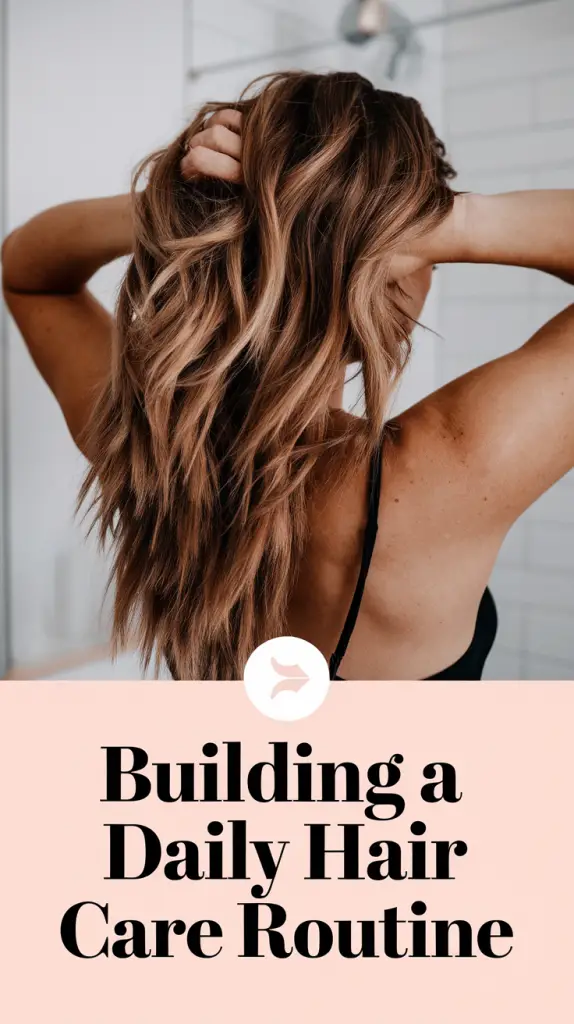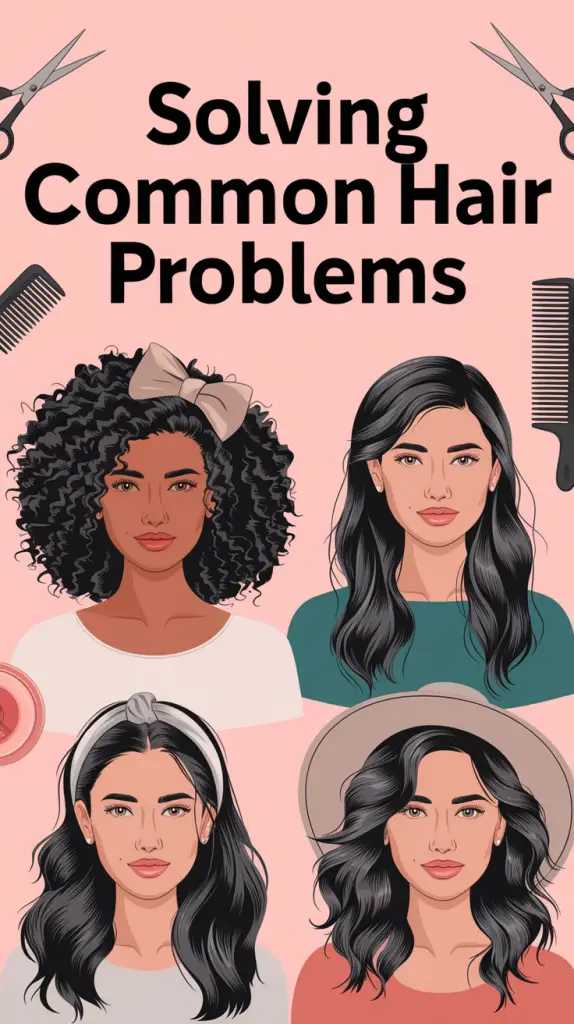The Ultimate Hair Care Routine for Healthy, Beautiful Hair

Keeping your hair healthy and radiant starts with understanding its unique needs and building a routine tailored to you. Over the years, I’ve tested countless techniques and products, and I’m here to guide you through creating a routine that works. Let’s break it down step by step.
Understanding Your Hair Type
Your hair type determines how it reacts to different products and treatments. To start, assess these characteristics:
Key Hair Features
- Texture: Is your hair straight, wavy, curly, or coily?
- Porosity: Does your hair absorb moisture quickly or resist it?
- Density: Is your hair thin, medium, or thick?
Table 1: Matching Hair Type with Care Recommendations
| Hair Type | Best Shampoo | Key Tips |
|---|---|---|
| Straight | Volumizing shampoos | Avoid heavy oils that weigh hair down |
| Wavy | Moisturizing shampoos | Use lightweight leave-ins |
| Curly | Hydrating shampoos | Deep condition weekly |
| Coily | Sulfate-free shampoos | LOC (Liquid, Oil, Cream) method |
Building a Daily Hair Care Routine

Cleansing
Cleansing removes dirt, oil, and buildup. Overwashing can strip natural oils, while infrequent washing may lead to scalp issues.
- Frequency: Wash 2-3 times per week or as needed.
- Shampoo Tips: Use sulfate-free products to prevent dryness.
Conditioning
Conditioners replenish moisture and protect hair from damage.
- Regular Conditioner: Apply from mid-length to ends.
- Deep Conditioning: Use a mask weekly for intense hydration.
Weekly Hair Care Tips
Scalp Exfoliation
Exfoliating removes product buildup and promotes healthy hair growth. Use a DIY scrub like:
- 2 tablespoons of brown sugar
- 1 tablespoon of olive oil
Massage it into your scalp gently, then rinse.
Seasonal Hair Care Adjustments
Your hair’s needs change with the seasons. Here’s how to adapt:
- Winter: Add heavier conditioners and protect hair from dry indoor heat.
- Summer: Use UV-protectant sprays and wash more frequently to combat sweat.
Solving Common Hair Problems

Dandruff
- Use shampoos with zinc pyrithione.
- Avoid heavy styling products that irritate the scalp.
Frizz
- Apply serums or leave-ins containing keratin.
- Use microfiber towels to dry your hair gently.
Hair Thinning
- Try essential oils like rosemary or peppermint.
- Incorporate biotin-rich foods or supplements into your diet.
DIY Hair Care Recipes
Moisturizing Hair Mask
For dry, brittle hair:
- 1 ripe avocado
- 2 tablespoons of honey
- 1 tablespoon of olive oil
Mix, apply to damp hair, and leave for 20 minutes. Rinse thoroughly.
Shine-Boosting Rinse
For dull hair:
- 2 tablespoons of apple cider vinegar
- 1 cup of water
Use this mixture as a final rinse post-shampooing.
Advanced Hair Health Tips
Even a perfect routine benefits from these extra touches:
- Regular Trims: Prevent split ends every 6-8 weeks.
- Balanced Diet: Eat foods rich in omega-3s and vitamins.
- Avoid Tight Hairstyles: They cause tension and breakage over time.
Table 2: Product Recommendations by Budget
| Category | Budget Option | High-End Option |
|---|---|---|
| Shampoo | OGX Coconut Milk | Oribe Gold Lust Repair |
| Conditioner | Aussie Miracle Moist | Briogeo Don’t Despair, Repair |
| Leave-In Treatment | Cantu Shea Butter | Living Proof Restore Repair |
Conclusion
Creating a hair care routine isn’t about following a strict rulebook—it’s about understanding your hair and giving it what it needs. Whether it’s adjusting for the seasons, adding weekly treatments, or simply learning how to wash correctly, every step matters. Start small, experiment, and watch your hair thrive.
FAQs
- How often should I wash my hair?
Typically, 2-3 times a week is ideal. Adjust based on oil production and activity levels. - Can I skip conditioner?
Never! Conditioner is essential for maintaining moisture and preventing breakage. - How do I manage frizz in humid weather?
Use anti-humidity sprays and hydrate your hair with leave-in conditioners. - What’s the best way to dry my hair?
Pat with a microfiber towel and let it air dry, or use a blow dryer on a cool setting. - How can I protect my hair while sleeping?
Sleep on silk pillowcases or use a satin bonnet to reduce friction. - Are heat tools bad for my hair?
Not if you use them sparingly and always apply a heat protectant.